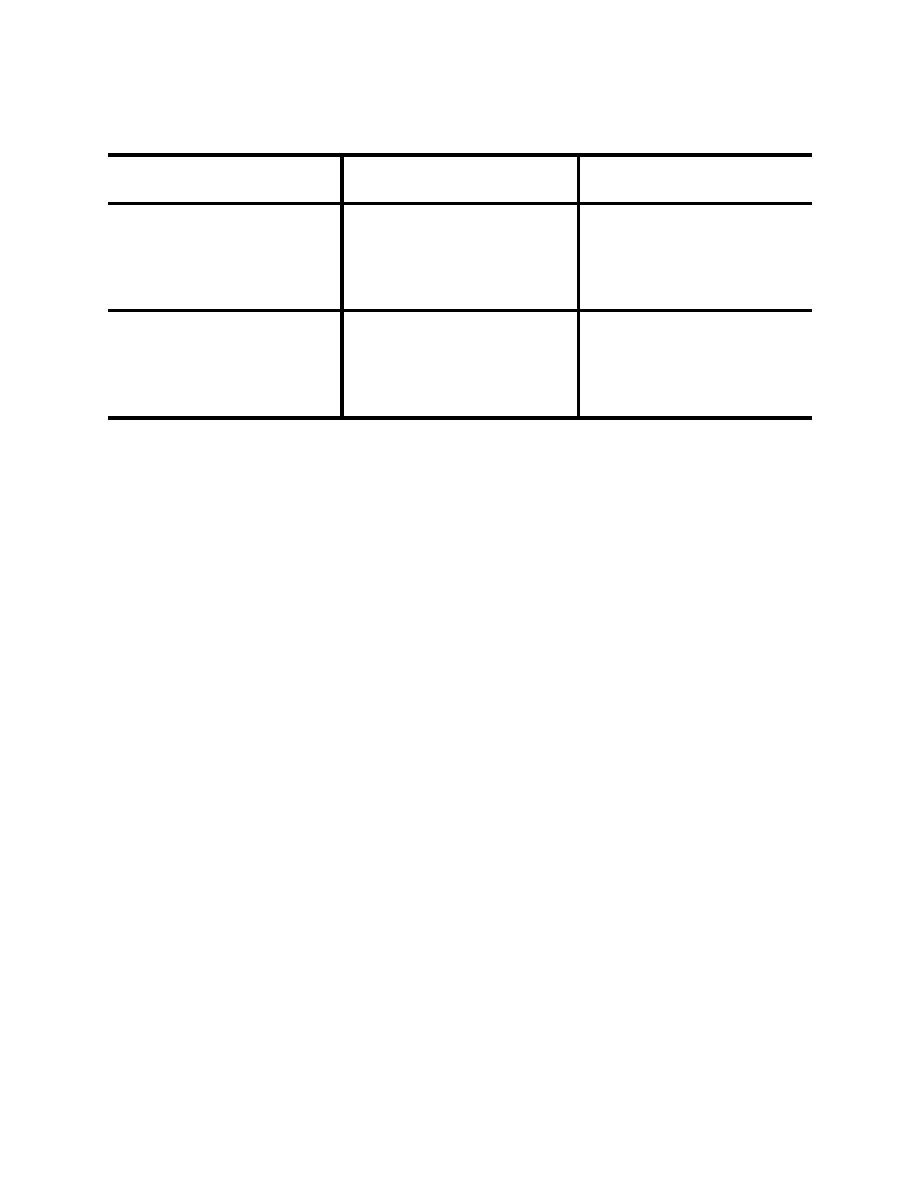
Appendix A: A Practical Guide to Effective Discharge Calculations
Table 1 Classification of the Total Sediment Load
Measurement Method
Transport Mechanism
Sediment Source
(1)
(2)
(3)
Unmeasured Load
Bed Load
Bed Material Load
Measured Load
Suspended Load
Wash Load
Sediment Transport Data: Gaged Sites
In most alluvial streams the major features of channel morphology are principally formed in
sediments derived from the bed material load. It is, therefore, the bed material load that should be used
in an effective discharge calculation. At gaged sites the measured load usually represents the suspended
load, but excludes the bed load. Under these circumstances, the coarse fraction of the measured load
(generally the sand load - that is particles larger than 0.063 mm) should be used to derive a bed material
load rating curve. If available, bed load data should be combined with the coarse fraction of the measured
load to derive a bed material load rating curve.
Where a significant proportion of the bed material load moves as bed load (such as in gravel-bed
rivers), but no measurements of bed load are available, it may be necessary to estimate the bed load. This
may be achieved using a suitable bed load transport equation or the SAM hydraulic design package
(Thomas et al., 1994). Similarly, at gaging stations with no measured sediment load data, a bed material
sediment rating curve may be generated using appropriate sediment transport equations, or the SAM
package.
Sediment Transport Data: Ungaged Sites
At ungaged sites it will be necessary to generate a bed material sediment rating curve. The
application of a suitable sediment transport equation is vital and the SAM package is helpful because it
includes guidance on the selection of equations best-suited to the type of river and bed material in question
(Raphelt, 1990). For example, Watson et al. (1997) report an analysis of sediment discharge in Abiaca
Creek in the Yazoo Basin using a HEC-2 computation of the hydraulic characteristics and the Brownlie
(1981) sediment transport equation from SAM. Figure 4 shows the resulting sediment rating curve together
with the measured sand fraction and a rating curve based on regression of the measured data. Close
agreement is apparent between the Brownlie computation of the bed material load and the regression line
based on the observed USGS sand fraction data.
272



 Previous Page
Previous Page
